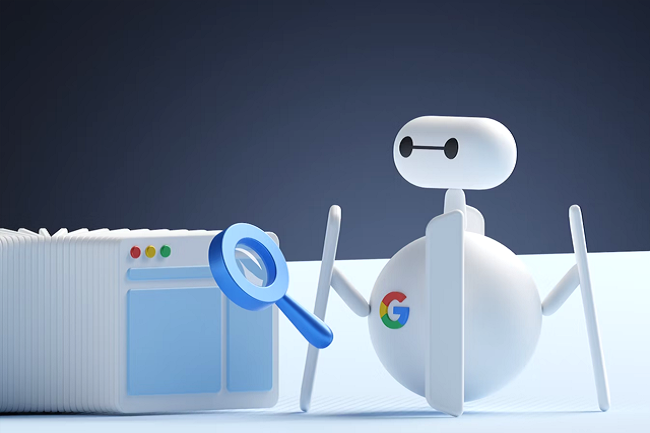Social media usage has grown tremendously over the past few years, with more people using social media platforms for communication, information sharing, and entertainment. According to a report, the number of social media users worldwide has reached 4.89 billion as of 2023.
Among the popular social media platforms, Facebook still dominates with over 2.8 billion active users, followed by YouTube with 2.3 billion and WhatsApp with 2 billion active users. Instagram has also seen significant growth, reaching 1.2 billion active users, while Twitter has approximately 330 million active users.
Social media has become an integral part of people’s lives, providing them with a platform to connect with friends and family, follow their favorite brands, and stay up to date on the latest news and trends. As social media usage continues to grow, businesses are recognizing the importance of having a strong social media presence to reach and engage with their target audience.
What is Paid Social Media Advertising?
Paid social media advertising refers to the practice of paying to promote content, products, or services on social media platforms. These advertisements are typically displayed to users based on their interests, demographics, and behaviors, making it an effective way to target a specific audience.
Social media platforms such as Facebook, Instagram, Twitter, LinkedIn, and Pinterest all offer paid advertising options. Advertisers can create ad campaigns and set specific targeting parameters to ensure their ads are seen by the right people. Ad formats can vary from simple text and image ads to more complex video and carousel ads.
Paid social media advertising can be beneficial for businesses of all sizes. It allows for increased brand awareness, lead generation, and website traffic. Additionally, social media advertising can be highly cost-effective, with advertisers only paying for clicks, impressions, or conversions.
Why Use Paid Social Advertising?
Paid social advertising is an effective way to reach a wider audience on social media platforms by placing targeted ads in front of potential customers.
Here are some of the top reasons to use paid social advertising:
- Increased reach: With organic reach on social media declining, paid social advertising helps to extend your reach to a larger audience.
- Targeted audience: Paid social advertising allows you to target your ideal audience based on factors like demographics, interests, behaviors, and more.
- Cost-effective: Paid social advertising can be more cost-effective than other forms of advertising because you can set your own budget and only pay for clicks or impressions.
- Measurable results: With detailed analytics and reporting, paid social advertising allows you to measure the success of your campaigns and adjust your strategy accordingly.
- Competitive advantage: Paid social advertising gives you an edge over competitors who are relying solely on organic reach.
Strategies for Paid Social Media Advertising
There are several strategies for paid social media advertising that can help businesses effectively reach their target audience and achieve their marketing goals.
Some of the key strategies include:
- Audience targeting: The success of any advertising campaign depends on reaching the right audience. Paid social media advertising allows businesses to target specific demographics, interests, behaviors, and locations to ensure their ads are shown to the most relevant audience.
- Ad format: Paid social media advertising offers a range of ad formats to choose from, including image ads, video ads, carousel ads, and more. Each format has its own advantages and can be used strategically to achieve different goals, such as increasing brand awareness, driving traffic, or generating leads.
- Ad creative: The creative elements of an ad, such as the imagery, copy, and call-to-action, can have a big impact on its performance. It’s important to create eye-catching and engaging ads that speak to the target audience’s interests and pain points.
- Ad testing: To optimize ad performance, it’s important to test different ad variations and measure their results. This can help identify what works best and improve future campaigns.
- Campaign optimization: Paid social media advertising offers a range of targeting and optimization options to ensure ads are shown to the right audience at the right time. This includes things like setting bidding strategies, adjusting ad delivery, and monitoring campaign performance metrics to make data-driven decisions.
By utilizing these strategies, businesses can effectively leverage paid social media advertising to reach their target audience, drive engagement, and achieve their marketing goals.
Platforms for Paid Social Media Advertising
There are various platforms available for paid social media advertising. Some of the most popular ones include:
- Facebook: With over 2.7 billion monthly active users, Facebook offers a wide range of ad formats and targeting options for businesses to reach their desired audience.
- Instagram: Owned by Facebook, Instagram has over 1 billion monthly active users and is popular among younger demographics. Instagram ads can be created and managed through Facebook Ads Manager.
- Twitter: With over 330 million monthly active users, Twitter offers advertising options for businesses to reach their desired audience through promoted tweets, accounts, and trends.
- LinkedIn: This platform is popular among professionals and businesses, with over 740 million members worldwide. LinkedIn offers various ad formats and targeting options to reach a professional audience.
- Pinterest: With over 400 million monthly active users, Pinterest is a visual search engine that can help businesses reach their desired audience through promoted pins.
- Snapchat: This platform is popular among younger audiences, with over 500 million monthly active users. Snapchat offers various ad formats to reach a younger demographic.
- TikTok: This platform has rapidly gained popularity among younger audiences, with over 1 billion monthly active users. TikTok offers various ad formats for businesses to reach a younger demographic through short-form videos.
It is important for businesses to choose the right platform based on their target audience and advertising goals. Each platform has its own strengths and weaknesses, and businesses should consider which platform aligns best with their advertising objectives.
Conclusion
Social media advertising has become an essential component of digital marketing strategies. With the ever-increasing number of social media users, businesses have a massive opportunity to reach and engage with their target audiences through paid advertising.
The benefits of paid social media advertising are numerous, including increased brand awareness, lead generation, and conversions. By using the right strategies, businesses can effectively utilize paid social media advertising to achieve their marketing goals. With various platforms available, businesses have the flexibility to choose the one that aligns with their advertising objectives and budget.





Tell us your thoughts in the comments